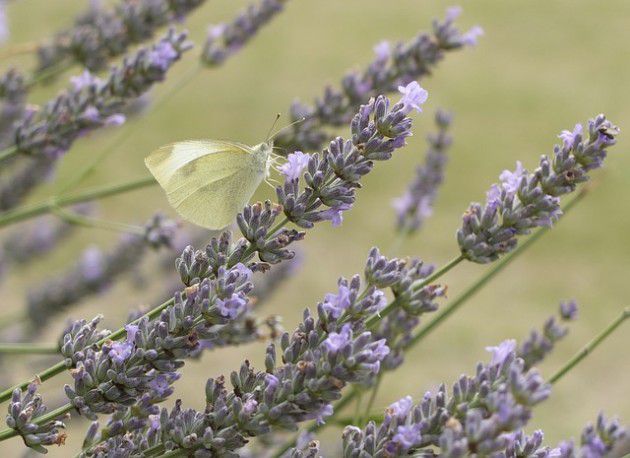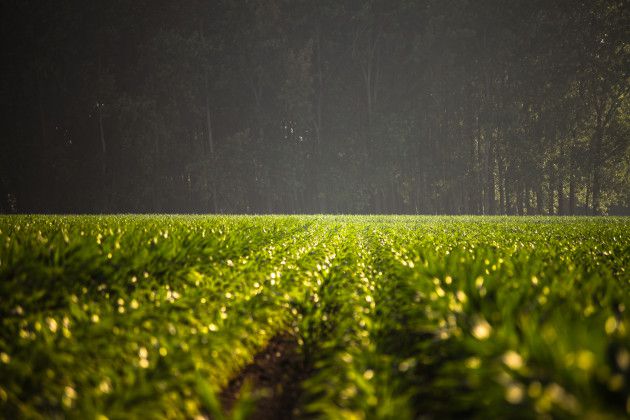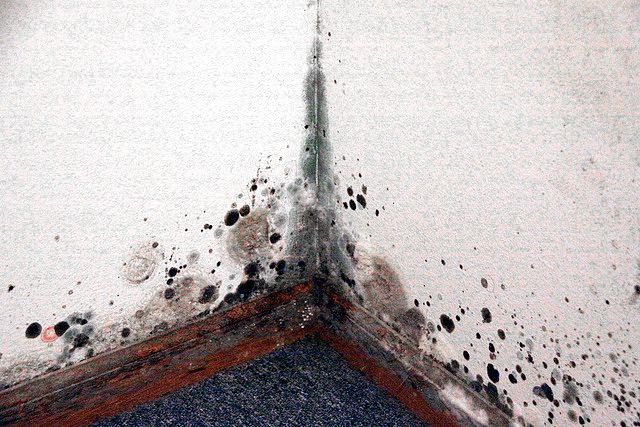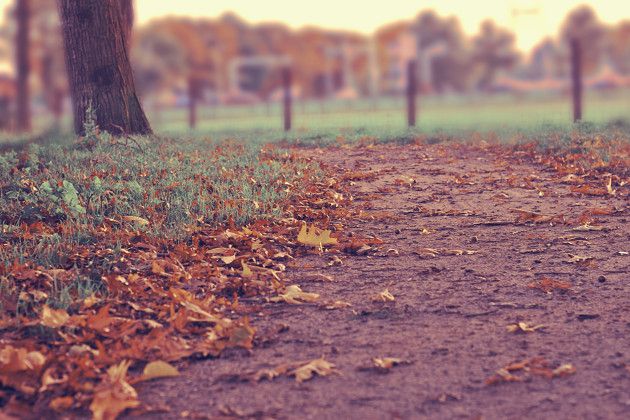What is Mold?
Mold (sometimes referred to as mildew) is a microorganism that has been classified as a fungus. All fungi – whether mold, mushrooms, or yeast – share these three biological attributes:
Defined cell walls – Only organisms such as fungi, plants, bacteria, and algae have cell walls, while animals do not. Therefore, mold is not an animal.
They reproduce via spores – In fact, the type of spore (similar to plant pollen) – the way it is produced (how it grows and is attached to the mold base), its form of reproduction (most are asexual while the rare spores are sexual), and what type of carrier it uses (think: pollination) to find a suitable habitat, such as animals, water, or air – is what determines the class of mold and sometimes, whether or not it is toxic or benign. Although the maturing and release of the spores greatly resembles what takes place in plant pollination (using the air currents or passing animals as carriers), it is missing one key ingredient that every plant has.
They lack chlorophyll – Chlorophyll is used by plants to absorb sunlight and they use that energy to synthesise carbohydrates from carbon dioxide and water. In other words, chlorophyll aids in photosynthesis. Molds do not photosynthesize, and in fact, grow best in dark – sometimes pitch-black – habits, which means mold is not a plant.
Layman’s terms: Well, it’s not an animal and it’s not a plant. It’s a fungus…. and, it’s mold. Mold is mold. If you’re a fungus, you’re either mushrooms, yeast, or …mold. That’s as simple and as basic as it gets.






